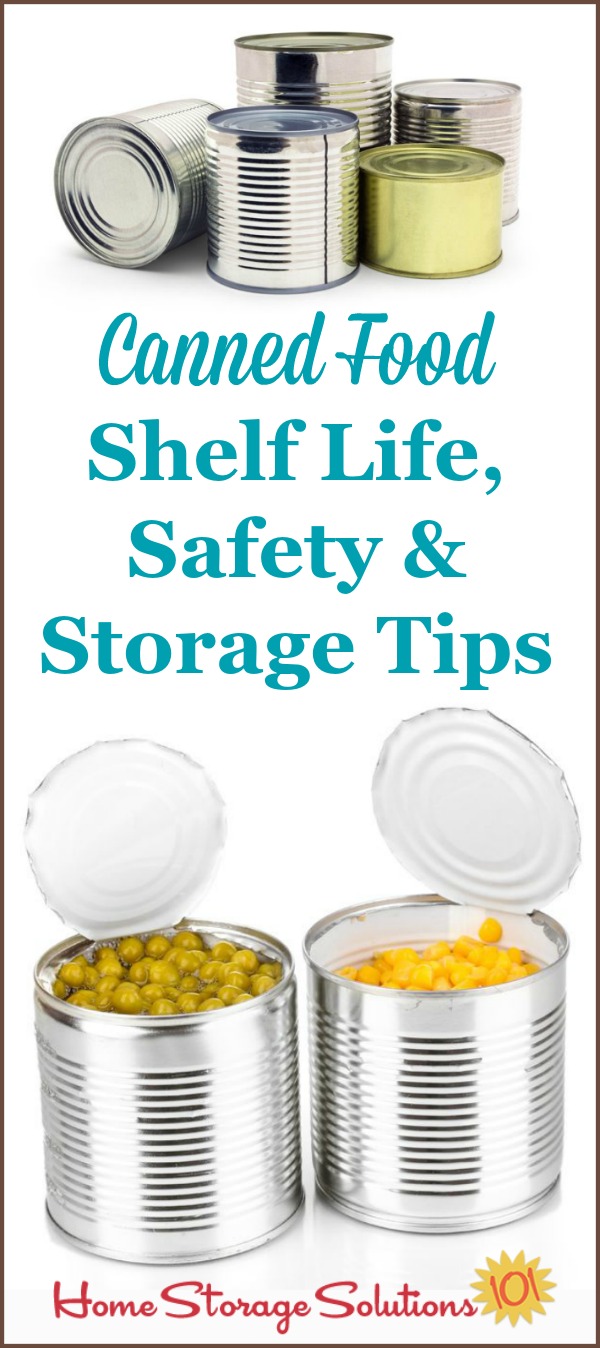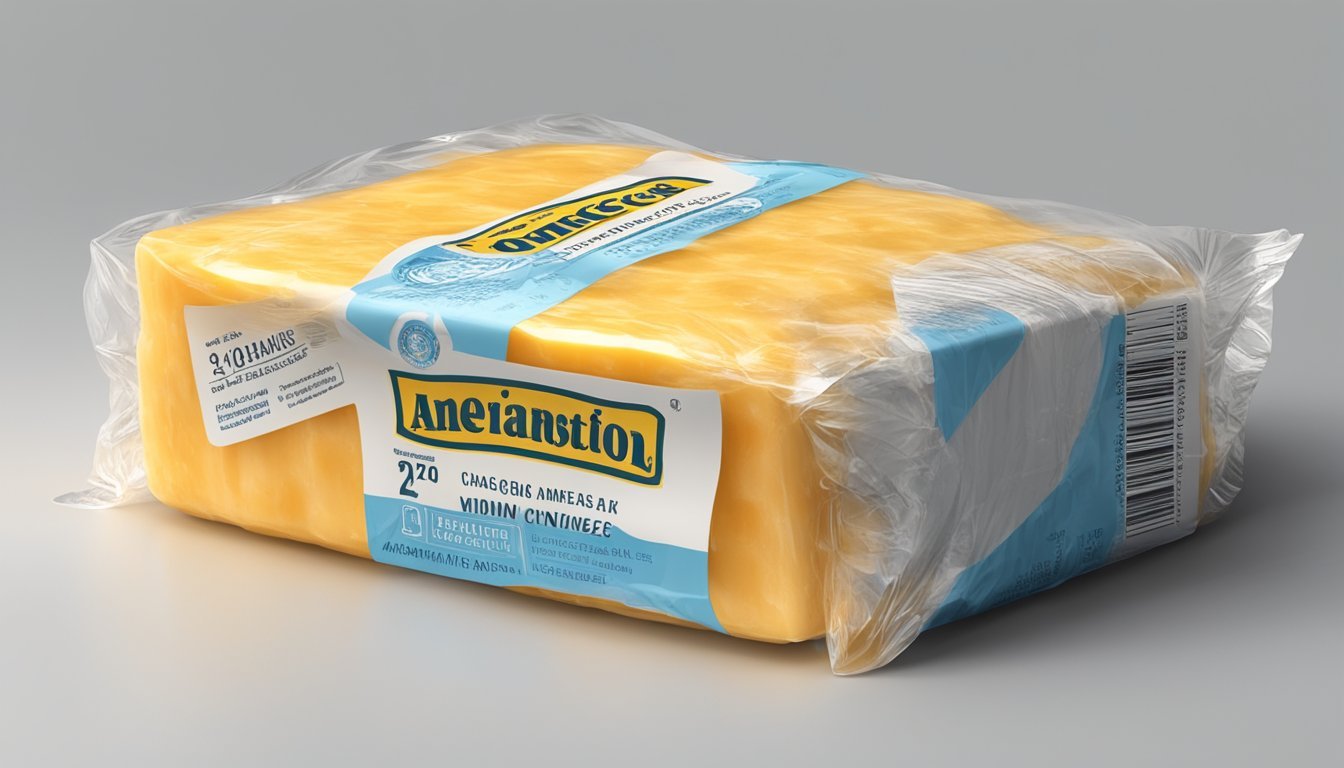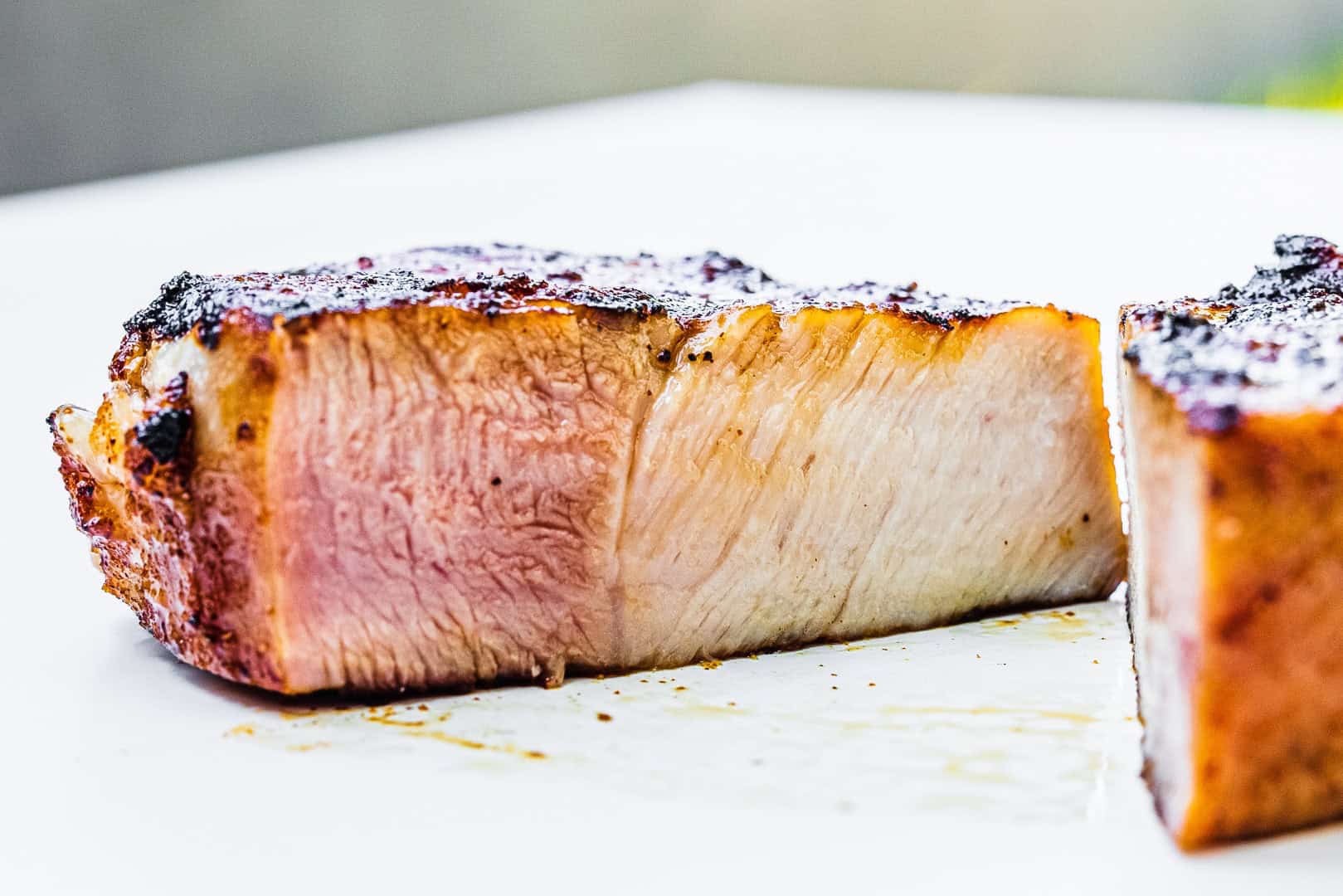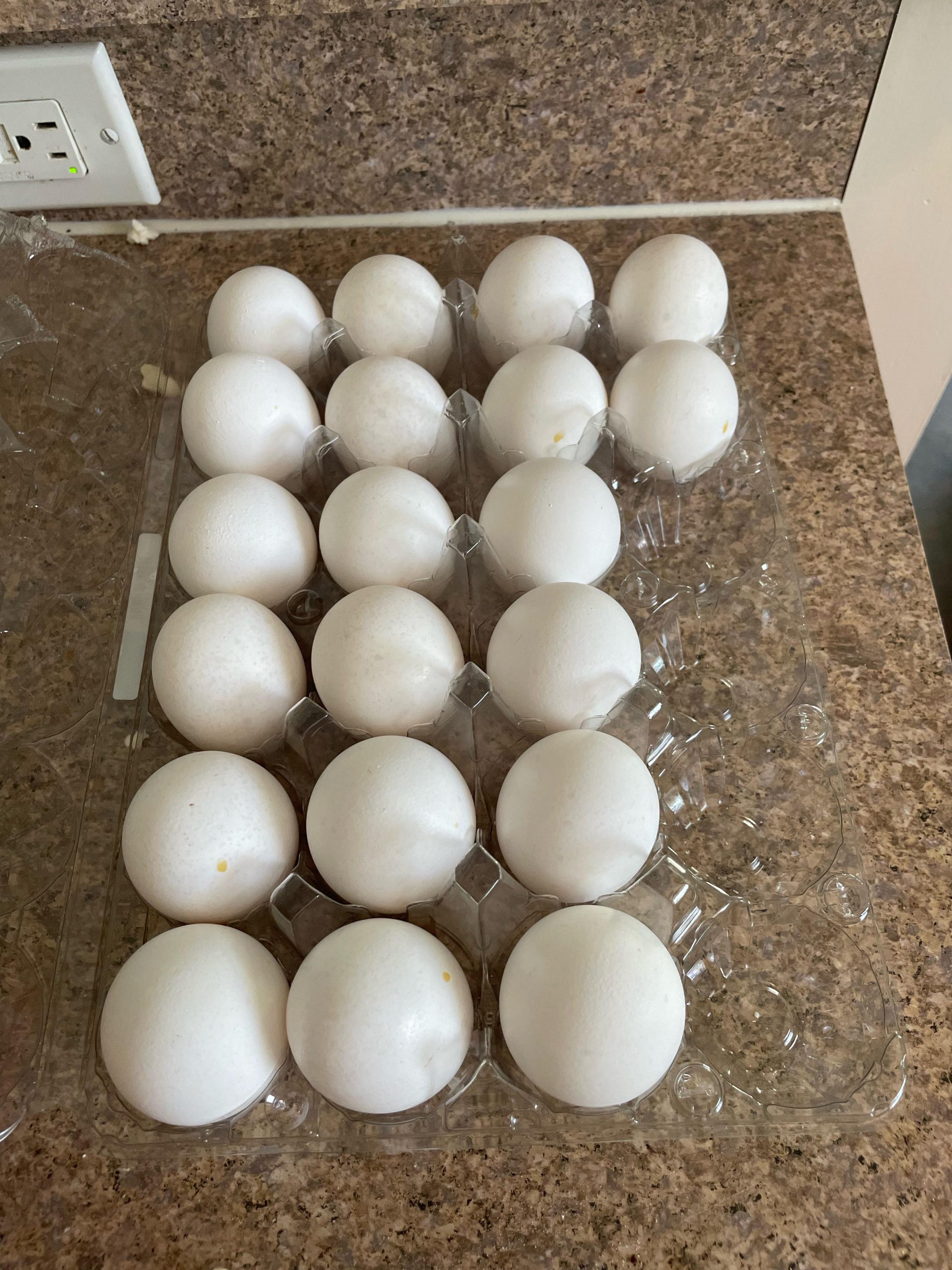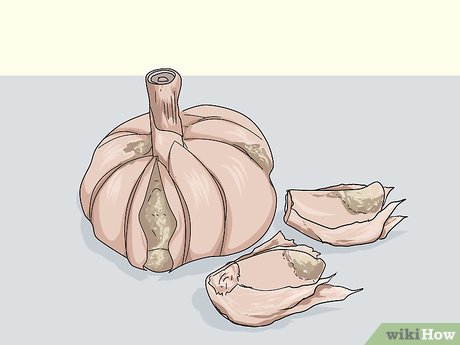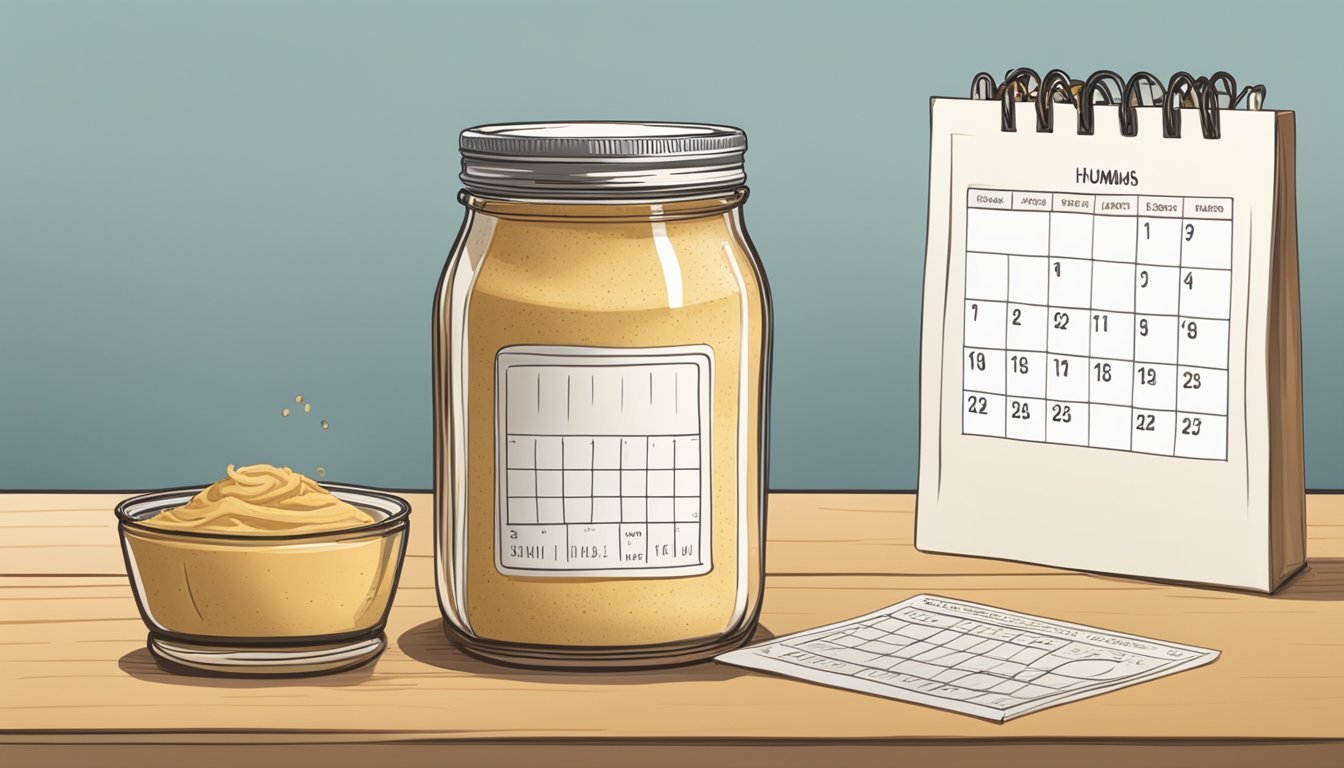Ground Turkey Temperature: Ensuring Safe and Delicious Cooking
– The recommended internal temperature for ground turkey is 160 to 165°F.
– Cook ground turkey to a safe cooking temperature of 165°F.
– Use a kitchen thermometer to ensure the correct temperature is reached and to prevent overcooking.
– Turkey burgers should be cooked all the way through due to lower density of turkey meat.
– Raw ground turkey is light pink in color.
– Ground turkey can be cooked on the stovetop or in the oven.
– If using visual checks, raw turkey is pinkish with a sheen and turns opaque grey/brown when cooked.
– Use a meat thermometer for accuracy.
– Choose the right ground turkey for your recipe.
– Regular ground turkey has around 7-10% fat, while lean ground turkey has 3% fat, and ground turkey breast has 1% fat.
– Ground turkey is made from trimmed meat from the turkey’s thighs and drumsticks.
– Ground turkey is low in fat and calories, making it a good protein option for those trying to cut down on calories or lose weight.
– Ground turkey is a good source of vitamin B3 (niacin) and selenium.
– Ground turkey can absorb flavors and is often used as a substitute for ground beef in recipes.
– Signs that ground turkey has gone bad include a foul smell, slimy texture, and a loss of light pink color.
– Ground turkey can spoil quickly depending on temperature and air exposure.
– A temperature of 40°F or higher promotes rapid bacterial growth in ground turkey.
– Ground turkey should be refrigerated in a sealed container for up to two or three days.
– If not used within that time frame, ground turkey should be frozen.
– If unsure about whether ground turkey is spoiled, it is better to discard it to avoid food poisoning.
– Ground turkey has a mild flavor and can easily absorb other flavors.
– Ground turkey can be used as a substitute for ground beef or pork in various recipes.
– Grilled turkey burgers and meatballs are popular options.
– Ground turkey can be used in soups, chilis, pasta dishes, and bolognese sauce.
– The safe internal temperature for ground turkey is 165°F.
– Using an instant-read thermometer can ensure ground turkey is cooked to the safe temperature.

